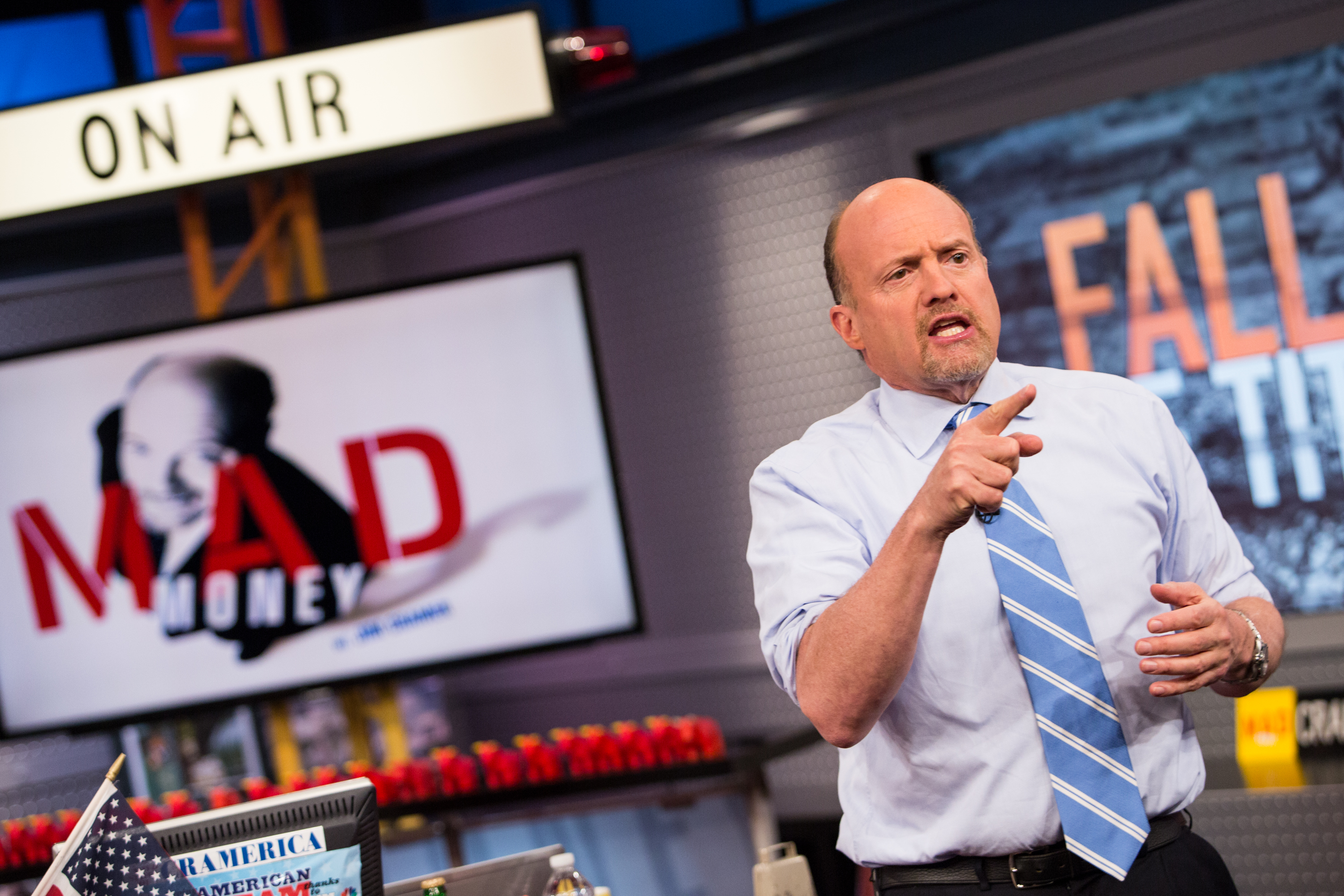
Jim Cramer, the CNBC host known for doling out advice to active traders, is read by millions. Many of them, for better or worse, are not traders but long-term retirement investors. Thus his otherwise logical approach to stock investing sometimes can turn out to be exactly backwards.
Cramer himself has extolled the virtues of index investing in the past, and he typically takes the view that the less you do as a retirement investor the better. So far, so good. Market timing is never a good idea if you are a serious retirement investor.
Yet his latest pronouncement will be read by many of those same investors as a call to action, to the potential detriment of their returns for years to come.
In a recent show, Cramer strongly suggests that investors buy stocks as they decline, but that they focus on dividend-paying stocks. The logic is unassailable in a way: Prices are lower than before, so dividend yields are higher. “I want a dividend stock where I can confidently buy more into weakness,” Cramer said.
That makes great sense. When a dividend-paying stock drops in price, the dividend yield does rise. That’s only true, however, if two assumptions hold up. First, the dividend itself must not be cut.
See, to find yield you divide the amount of the annual cash dividend into the current share price. So, a price drop does mean a higher yield, assuming the dividend amount is the same.
Many dividend-paying stocks do maintain a steady dividend payment and even raise them periodically, so no huge problem there. It’s the second condition, however, that can create havoc for retirement investors.
The problem is that you have to buy those new dividend stock positions with cash, not by selling investments you already own and which have likely also fallen in price. Your losses on those panic sales won’t be made up by the dividend payments, no matter how reliable. You could come out way behind.
Dangerous conclusion
Frankly, the time to buy dividend stocks is all the time as part of a portfolio, not just when the stock market dips. Dividend stocks are a great part of a long-term retirement portfolio. And yes, you do get a higher yield when prices dip.
Yet the best way to buy more of them is by using incoming cash from those same dividend payers, from interest payments on bonds you hold, from rebalancing and from contributions you make as part of your normal saving plan.
Far too many otherwise prudent investors will read this latest piece of advice from Cramer and reach a dangerous conclusion: That they should sell something now and rush headlong into dividend stocks headlong.
That way of thinking is fraught with risk for the retirement investor. Steady, regular rebalancing — not knee-jerk reactionary selling — is the way to build a reliable return and retire with more.





